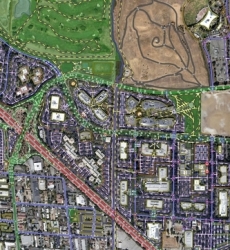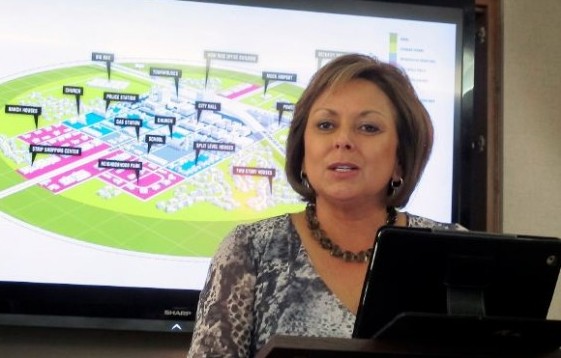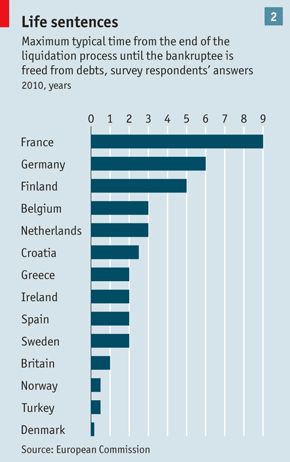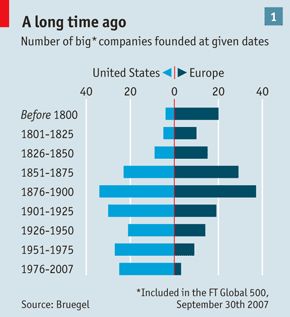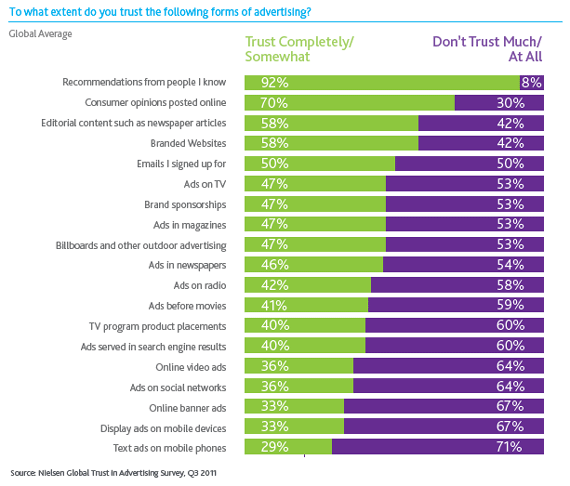Our Industrial Age world is apparently in a crisis – employment rates diminish currently for most generations, and those who are employed are increasingly so on a part-time basis. The proportion of salaries in the net national value creation is diminishing.

Yes, the Industrial Age model of salaried work is in a crisis – not a crisis actually, but a transformation. Even the Harvard Business Review now blogs on “The Rise of the New Contract Worker”, or how increasingly people look for alternative forms of work. Not straightforward employment but rather innovative forms of work and compensation, which generally imply some sort of contracting or more or less informal grouping.
The portion of salaries in the economy will further diminish because more and more people will be contractors, on their own or in small ad-hoc companies. The inter-mediation cost has dropped dramatically with freelance platforms. When countries will give even more flexibility on such basic social services like health insurance, the proportion of freelance contract workers will only increase.
The salaried worker working exclusively for one single employer is dying. What will replace it might increase anxiousness for some because of the apparent risk and the need to market oneself; yet it will unleash the creativity of the world by making sure that all work that gets done really contributes to creating value.
An employment market crisis? Reframe it: it is just a deep transformation of the way we will get compensated for work! When do you start taking this opportunity?




